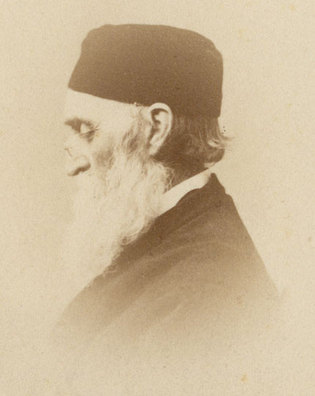 loading
loading
Old YaleA missionary in SingaporeA Yale grad in Singapore—178 years ago. Judith Ann Schiff is chief research archivist at the Yale University Library.  Manuscripts & ArchivesView full imageOn August 16, 1836, James T. Dickinson, Class of 1826, ’30MDiv, wrote to his mother: “Six of the Chinese school boys are chattering upon their beds in the school room which is separated from my room by a passage 20 feet long. I have the doors all open at night that I may hear them if they fight or do other mischief.” Dickinson was writing from Singapore, where he had been living for only six months (evidently not long enough to be able to follow the boys’ “chattering”). He was to spend eight years of teaching, learning, and service as a medical missionary in the port city—the first Yale graduate to teach in Singapore. Dickinson, born in Massachusetts in 1806, took up the study of law after graduating from Yale in 1826, but soon decided to devote himself to the Christian ministry. He began at Andover Theological Seminary and switched to the Yale Divinity School for his final year. In 1832, he became pastor of the Second (Congregational) church in Norwich, Connecticut; soon after, he married Mary Hickok. The death of his bride just two years later, when she was 19, changed the course of his life: he resigned as pastor in order to prepare for missionary work abroad. In July 1835, after a year of medical study, Dickinson embarked for Singapore with an appointment from the American Board of Commissioners for Foreign Missions. On February 14, 1836, he wrote in his diary (now in Sterling Memorial Library): “Last Sabbath evening after dark we cast anchor in the port of S. We had been 202 days from America, 179 of which we were upon the water.… The last week was one of confusion—there was the getting of baggage ashore, the opening of boxes, the cleaning of rooms, the setting up of books, the deciding upon what dialect of the Chinese to study, the engaging of a teacher, the attending the dispensary where new & unknown forms of disease presented themselves, the purchasing of furniture & clothing suited to the climate, & the last but by no means least, the attempt to learn Chinese sounds & words—these things all coming together were rather perplexing.” Unfortunately, Dickinson’s diary and his letters home say little more about his life as a missionary and teacher in Singapore. (We do know that he was joined by another medical missionary and Yale graduate in 1838: Dyer Ball, Class of 1826, ’29MDiv.) In 1840, he was appointed deputy headmaster of the Singapore Institution and ended his association with the Board of Commissioners. The Singapore Institution, a secondary school, had been founded in 1823 by Sir Thomas Stamford Raffles, founder of the port city of Singapore itself; today it is known as the Raffles Institution and is the oldest school in the nation. In 1843 Dickinson was appointed headmaster of the Singapore Institution. In April, he wrote to his mother that all but one of the missionaries were leaving Singapore due to poor health: “The proportions of missionaries who return to America is very large, more than half. I have held out better than most do.” But by October of the same year, he too had become too ill to remain. Dickinson arrived home late in 1844 and settled in Middlefield, Connecticut. In the fall of 1845, he wrote his mother that he had found happiness in life: “I have been married six months, long enough to know what kind of a wife I have got. She turns out to be more than good—the best in the world.… I am living a quiet and happy life here in the country.” He was “chiefly occupied in reading and study,” his obituary would note; he published several articles and contributed an article on the Malay language to Appleton’s Cyclopedia. When he died, in 1884, Dickinson left Yale nearly $50,000 and about 1,500 volumes from his library.
The comment period has expired.
|
|